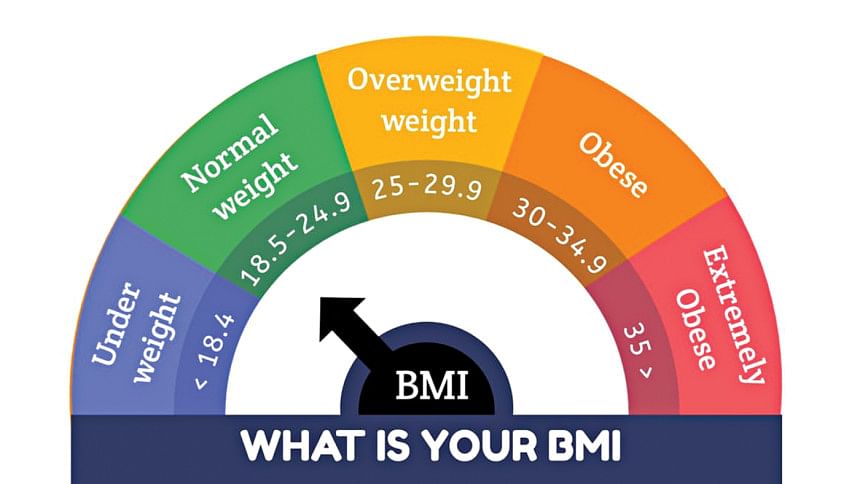Body Mass Index (BMI) is widely used to assess weight status and define obesity. However, new research to be presented at the European Congress on Obesity (ECO 2025) suggests BMI may become less reliable with age. The study, conducted by researchers from Italy and Lebanon, including Professor Marwan El Ghoch, found that individuals with the same BMI can have vastly different body compositions depending on their age.
The team analysed 2,844 adults aged 20 to 79, all with a BMI of 25 or above. Despite similar BMIs, older adults showed higher central fat and lower muscle mass in the arms and legs compared to younger participants. This "redistribution" of fat and muscle was most evident in middle-aged and older groups, particularly in the trunk region.

Professor El Ghoch explains that relying solely on BMI may be misleading, as it doesn't reflect age-related changes in fat and muscle distribution. These changes can increase the risk of chronic diseases without altering BMI. He calls for new, practical tools—such as the waist-to-height ratio and handgrip strength tests—to better assess body composition and health risks as people age.
Long-term studies are needed to confirm these findings. Body Mass Index (BMI) is widely used to assess weight status and define obesity. However, new research to be presented at the European Congress on Obesity (ECO 2025) suggests BMI may become less reliable with age.
The study, conducted by researchers from Italy and Lebanon, including Professor Marwan El Ghoch, found that individuals with the same BMI can have vastly different body compositions depending on their age. The team analysed 2,844 adults aged 20 to 79, all with a BMI of 25 or above. Despite similar BMIs, older adults showed higher central fat and lower muscle mass in the arms and legs compared to younger participants.
This "redistribution" of fat and muscle was most evident in middle-aged and older groups, particularly in the trunk region. Professor El Ghoch explains that relying solely on BMI may be misleading, as it doesn't reflect age-related changes in fat and muscle distribution. These changes can increase the risk of chronic diseases without altering BMI.
He calls for new, practical tools—such as the waist-to-height ratio and handgrip strength tests—to better assess body composition and health risks as people age. Long-term studies are needed to confirm these findings..
Health

Is BMI still useful as we age?

Body Mass Index (BMI) is widely used to assess weight status and define obesity.















